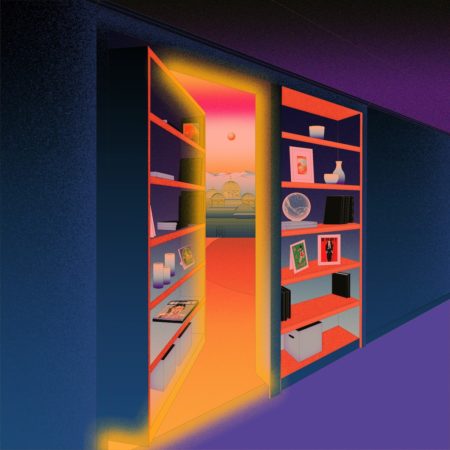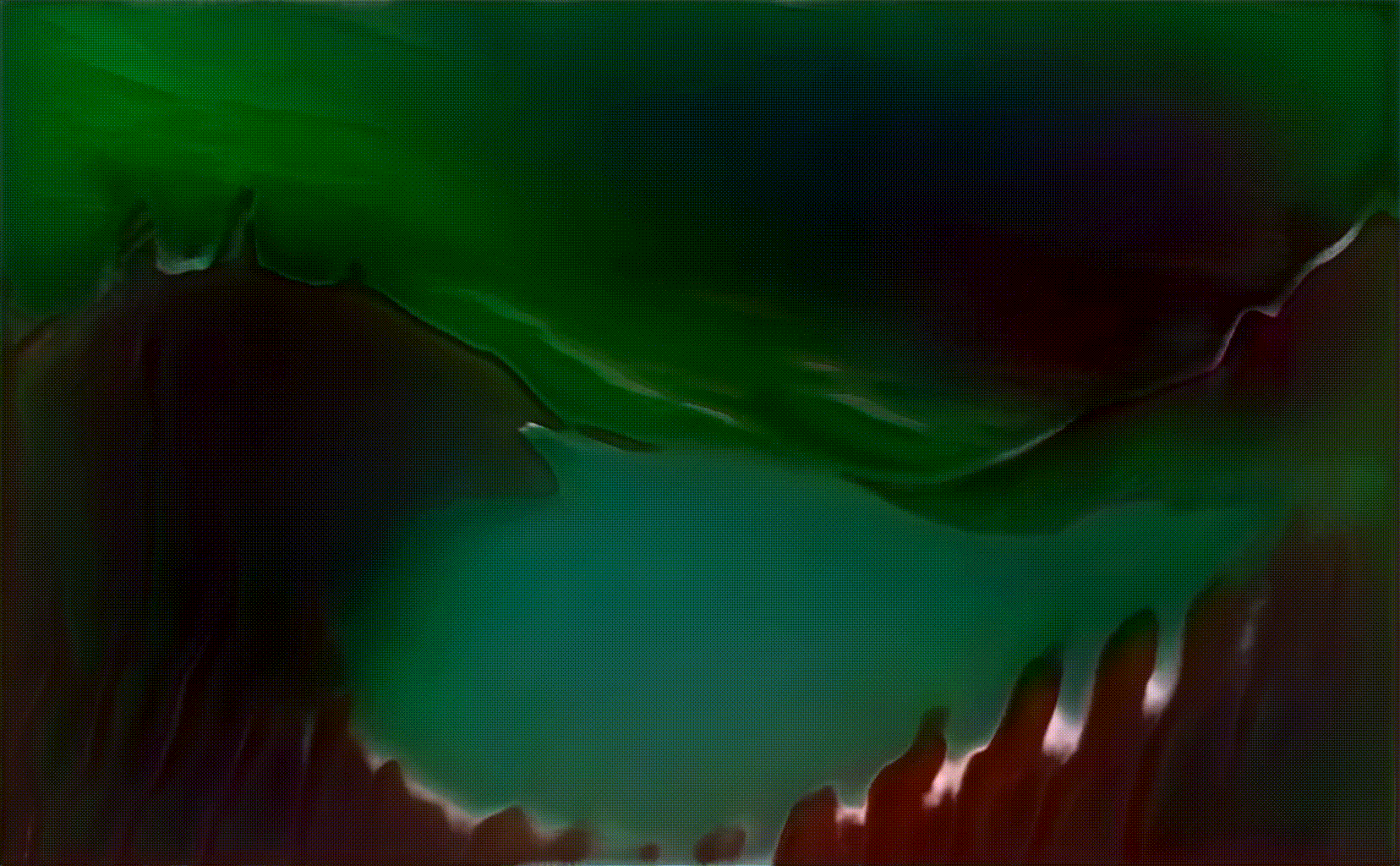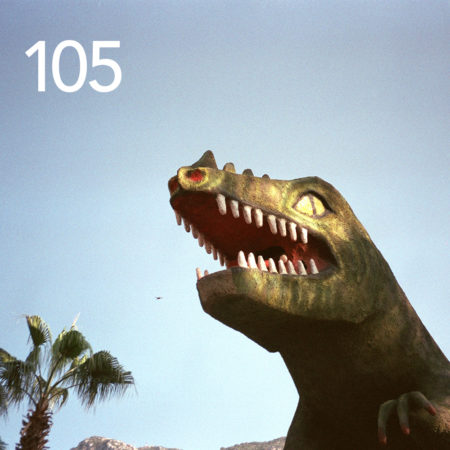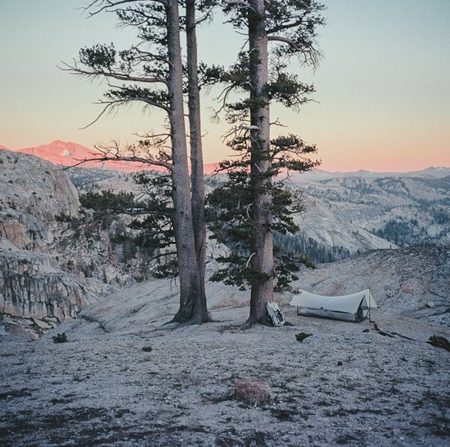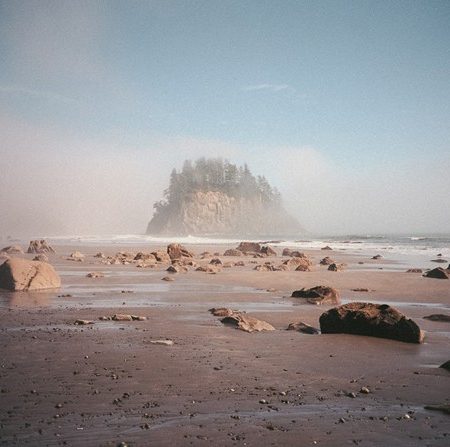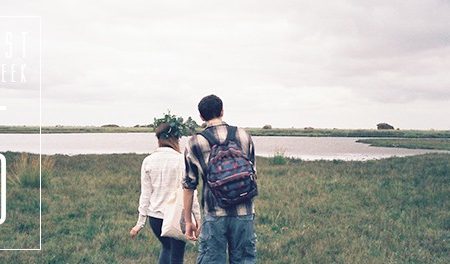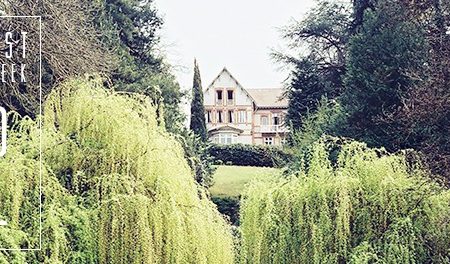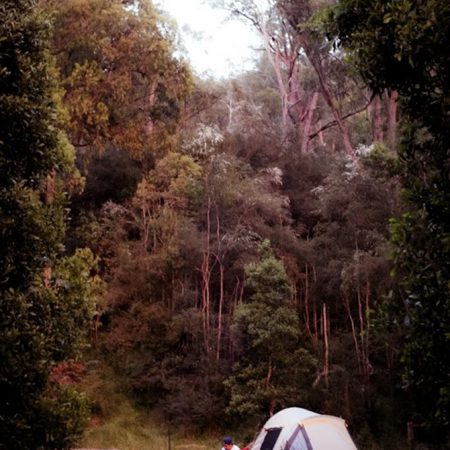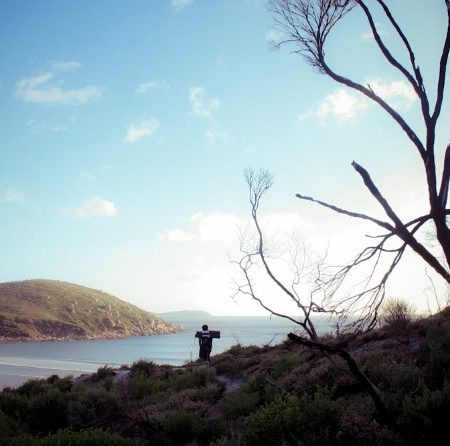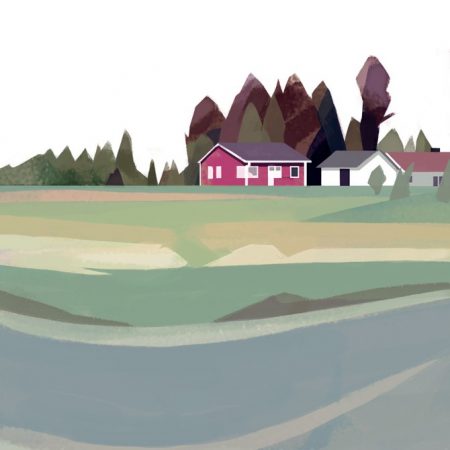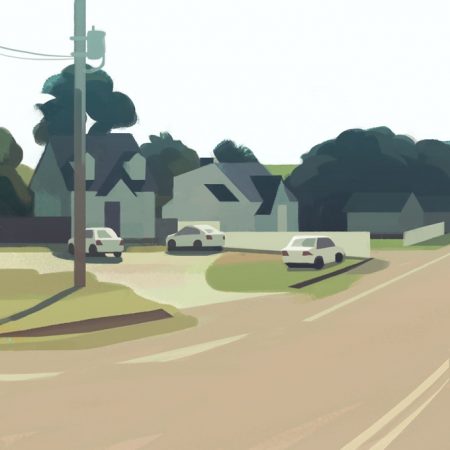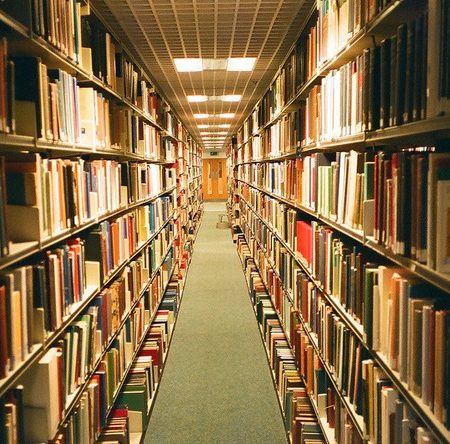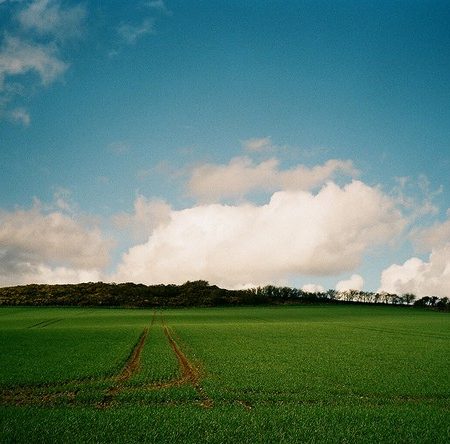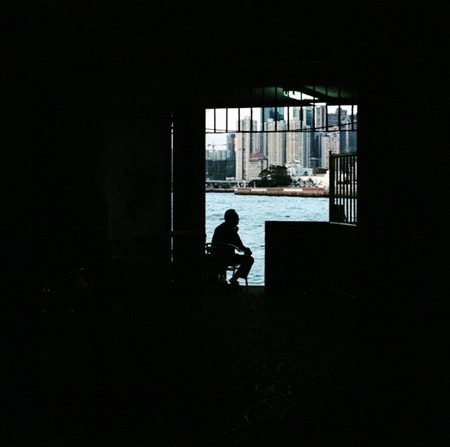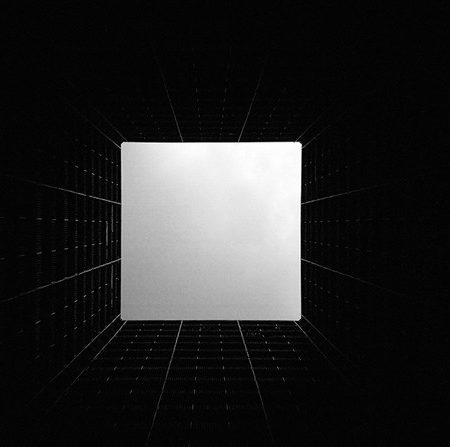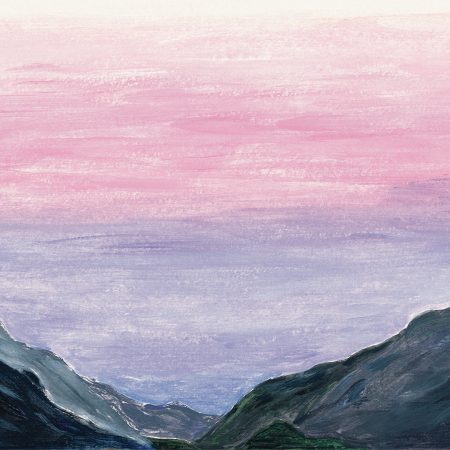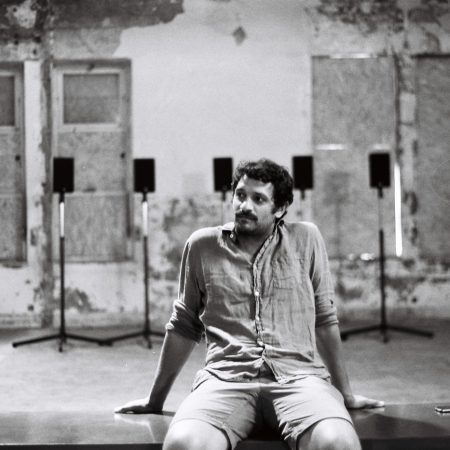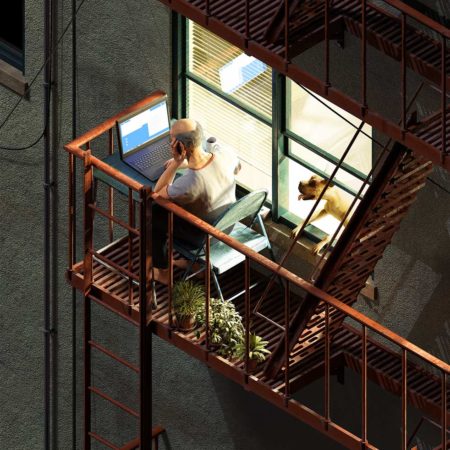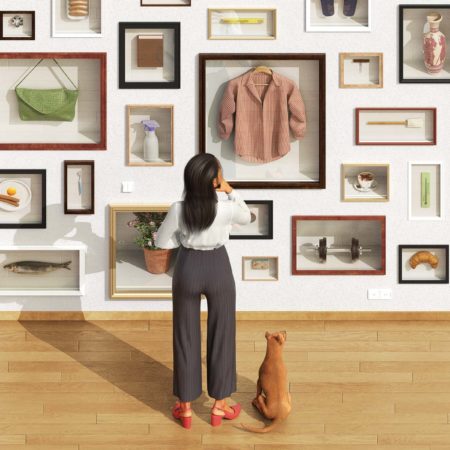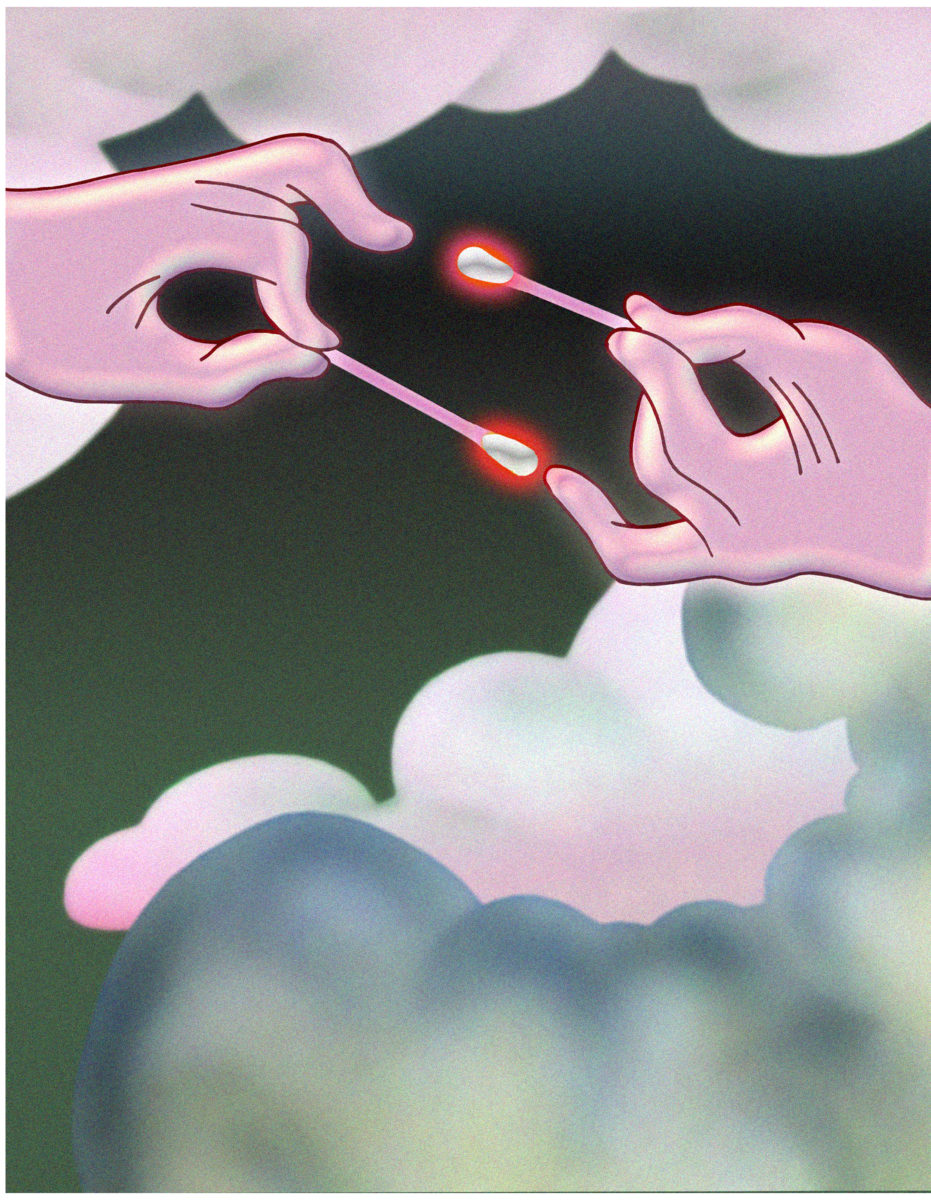
Elastomer planets, bouncy floors and alive cartoons
Flora Mottini
ART . March 10th, 2021Can we get a little intro about you?
My name is Flora, I am 35 years old, I have long dreamed of being a spacecraft pilot to draw lines in the blue sky and to fly low on roads filled with air and light.
In the end, I became an artist; there are some similarities after all. I’m living in Geneva, where I grew up. Despite of many attempts to escape from this sweet country, Switzerland remains for me the place I like to leave from and return to. It is a landscape in which I feel I can evolve, thanks to its geographical location, to a certain calming energy, and to its small scale, making the people and the things surrounding me reachable.
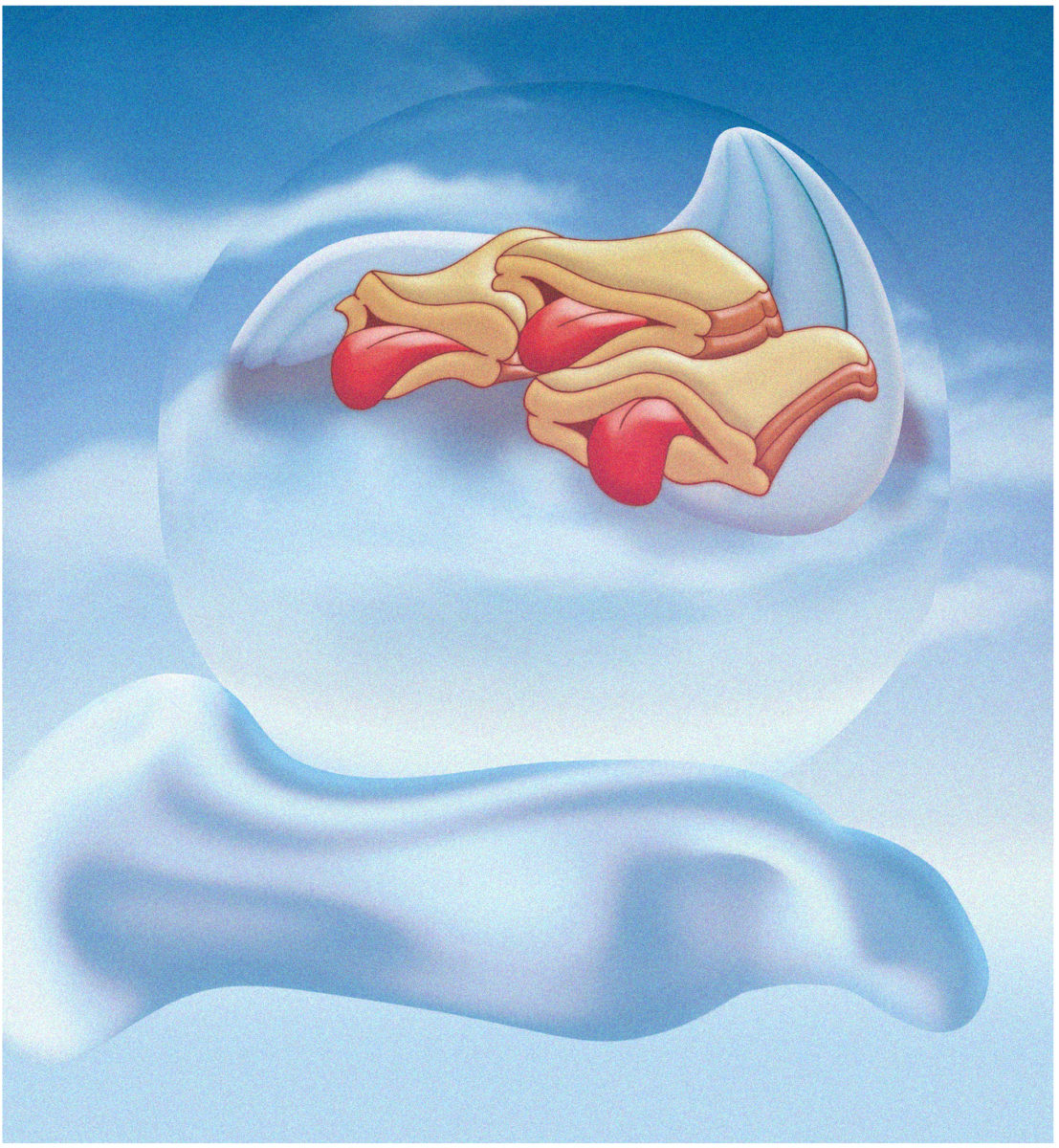
Like many artists, my life and art are intimately connected, in the way that they both reflect the same thinking about the world. I need to question everything we accept as valid and necessary, to question our thought patterns. The possibilities offered by art, on different levels, nourish this questioning. They also imply the invention of a language, a universe, imagined, imaginary, in which we tend to live – it slides, between us and the world we perceive, and it allows us to defuse what we too often consider to be a fatality.
Life is made of changes and re-enchantments according to the atmospheres we go through, from a physical, emotional and psychological point of view. This can be done individually or with others, although in the end I believe that we are always alone, travelling through our own planet. Sometimes our planets are in the same constellation, then we can watch the sunset together. My practice reports some personal landscape crossings and points to the horizon. The horizon that I perceive as a vast land of possibilities to build. Thus I am interested in the possible ways to inhabit the world or to find shelter in it. I see the art space as a place of take-off, which mainly turns around the notions of landscape, horizon and atmosphere. It is essentially about travel, displacement, crossing, immersion, transition, acclimatization, our utopian desires but above all freedom.
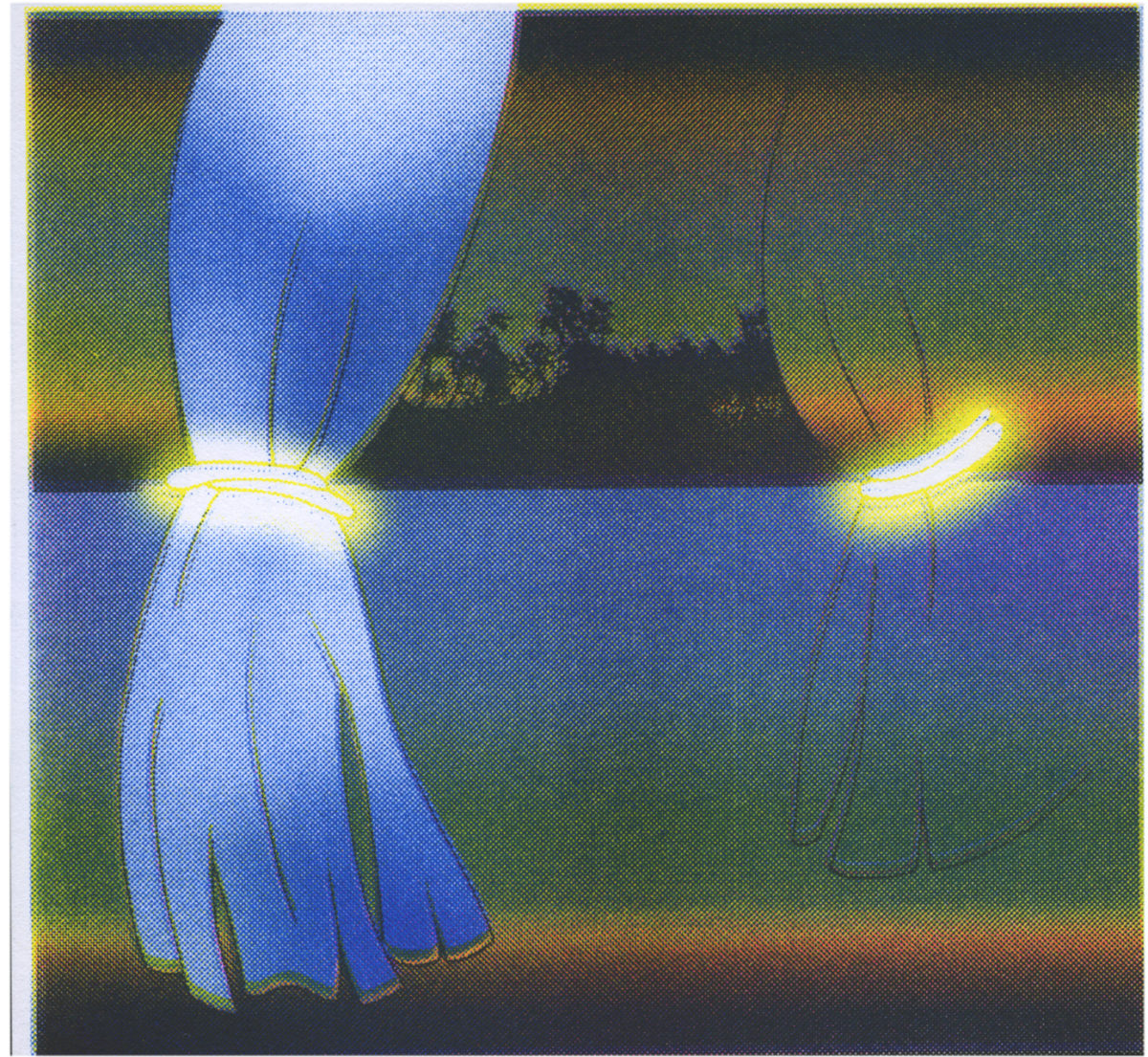
I don’t refer to it in a direct way but I try to give an opening to the possibility of being free. Free so that the mind is completely new, sensitive, alive, conscious, intense, efficient. Freedom as a state of mind and not in being free from something or someone. Freedom to be, to doubt, to question everything, freedom to act, to love, to feel, to walk, to think, to make mistakes. A freedom so intense, active, vigorous, that it would reject all forms of subjection, slavery, conformism, acceptance.
Can you give us a track or two to listen to while reading this interview?
Wow one or two is really tough for me I’d like to give you a thousand! I live with music all the time. It influences my work a lot. Each new series of paintings, new projects, is always accompanied by a specific mood which infuses itself entirely through a special playlist, evolving day by day… Let’s try a mix like this :
Sea Horses ? Space Age Sunset / Tripping With the One You Love ? Dougie Poole / You’re So Cool ? Hans Zimmer / Synthetize Me ? The Space Lady
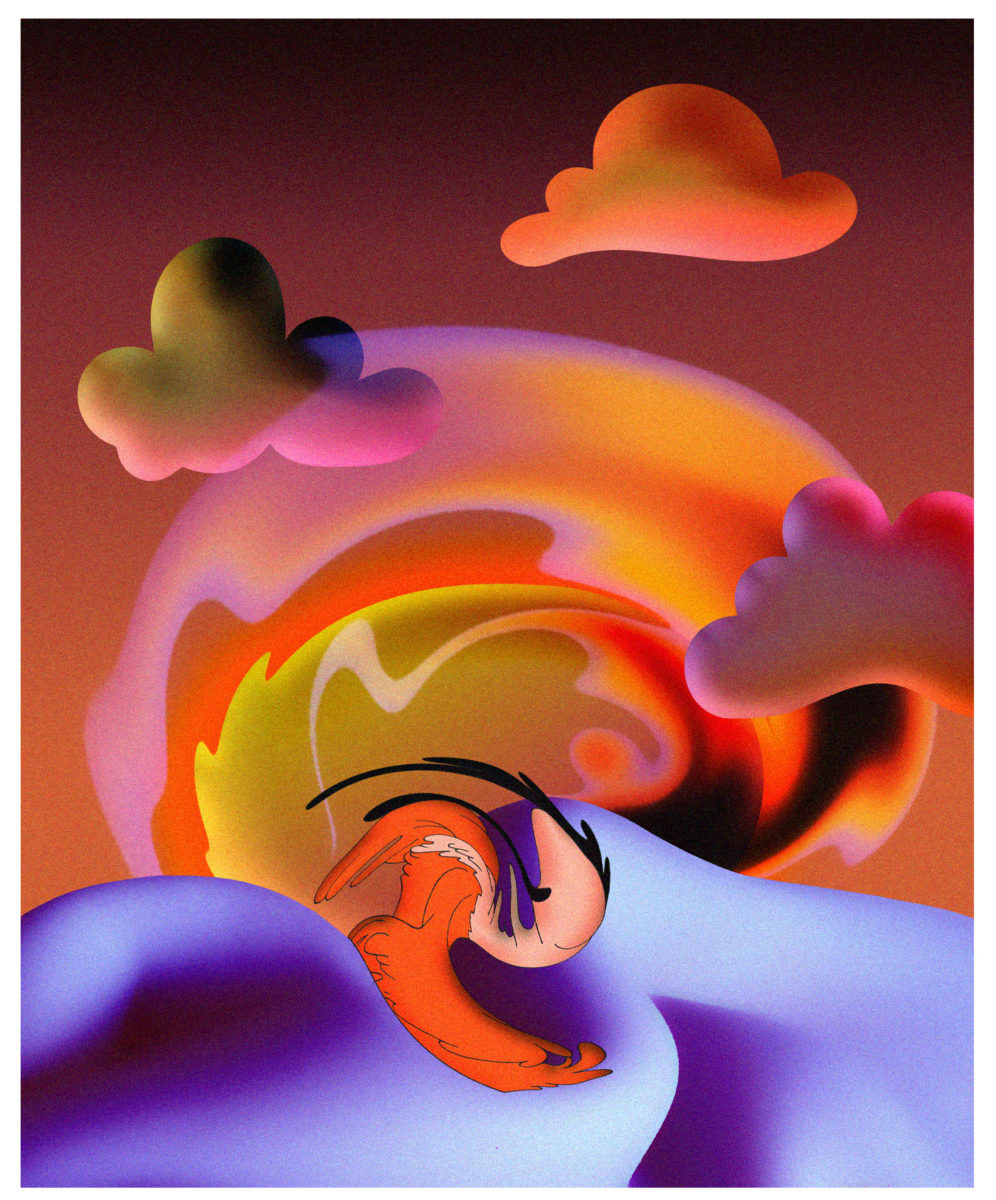
You define your work with “organic poetry”. What kind of poetry is it?
Maybe the kind that embodies the power of the gentleness of the world we decide to live in, as opposed to embodying the power of the violence of the world in which we find ourselves? The kind that whispers to us that, in the end, behind direct reality there is still an underwater current?
I don’t know. I think I see poetry above all as a space where emancipation is possible, where words have the same substance as images. They are soft and mellow in form, they are scattered and multiple like snowflakes when it snows, lively in their movement, sometimes solid to build strange constructions and sometimes so fragile and inconsistent to melt in the sun. But always intense. Organic like a garden, like the horizon, like a zone of possibilities, of dreams in the making, through which it would be a question of inventing new spaces. narrative spaces. that is to say, of displacements and adventures.
Do you start by hand? How is your process?
Yes, drawing is one of the first steps of my work, but in fact I also use multiple techniques, varying depending on the project I am working on. I mix things I’ve found from the flea market, coming from elsewhere, crafts and digital technologies. I thus collect many objects and I permanently archive without hierarchical order all kinds of images and content: photographs, postcards, cut-out newspapers, materials, random objects I found…
I draw and create new landscapes from within this mass of visual curiosities. I quickly scan the drawings and vectorize the lines. I sketch the main part digitally. This allows me to quickly get an idea of the atmosphere, the atmosphere of the composition, which is what I am constantly doing actually, so I have a lot of latent images. When one seems okay to me, whether it simply pleases me, or because it works as a whole, or because it fits with the perspective of an exhibition proposal – then I produce it. For this I use the chemical and industrial process of anodizing. Sometimes I also use silkscreen printing, or risography, which I love.
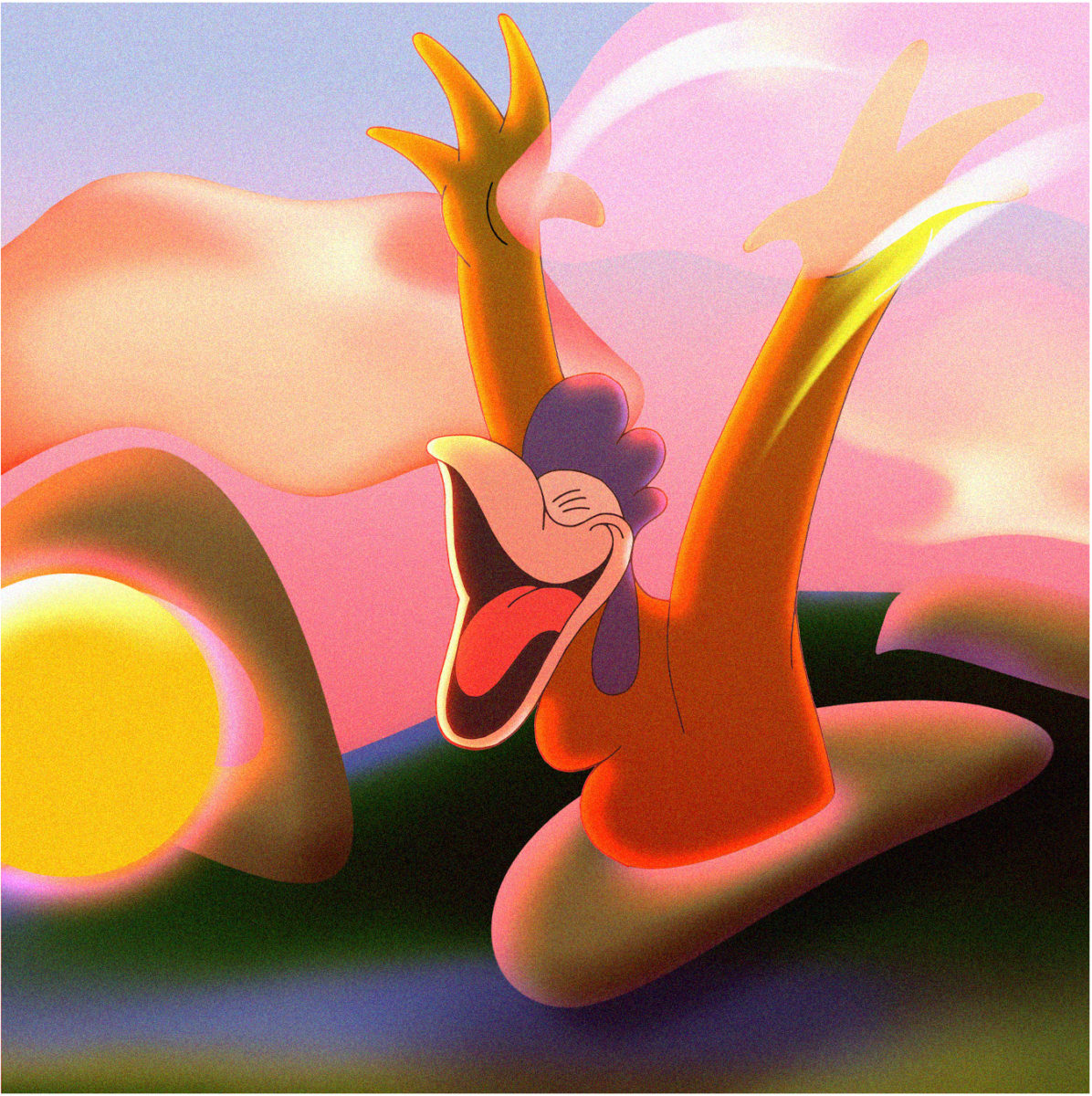
Which old cartoons do you prefer?
Actually I watched cartoons relatively late. That is to say as an adult. So I don’t know much. It’s not an aesthetic that was infused in my childhood, but it’s rather linked to shapes I’m now interested in. I don’t retain one specifically but I like to look at what happens in the series produced in the 30’s by Max Fleischer’s studios and by The Van Beuren Corporation. I also love the Silly Symphonies, the old Walt Disney, as well as the Merrie Melodies and the Looney Tunes of Warner Bros. And all of Hayao Miyazaki’s works for their poetic aesthetics, and Piotr Kamler’s films…
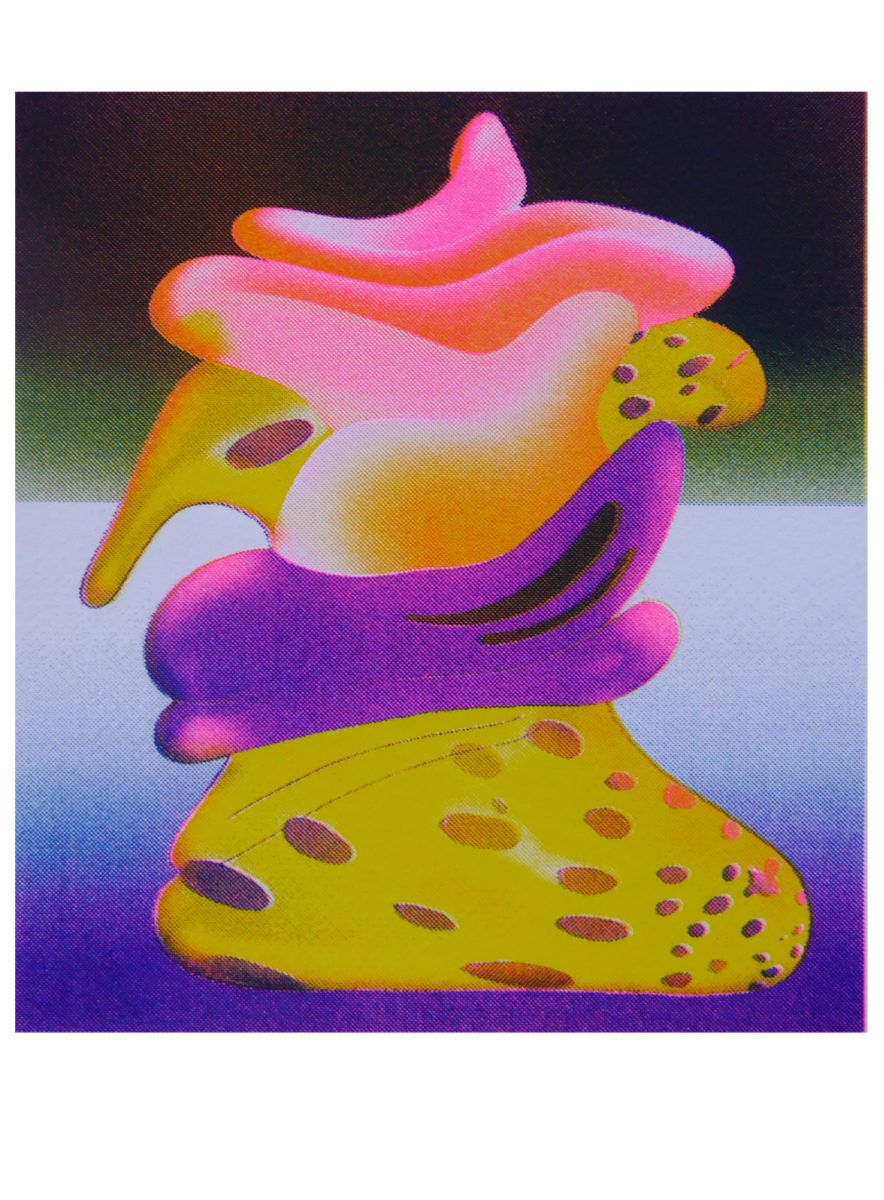
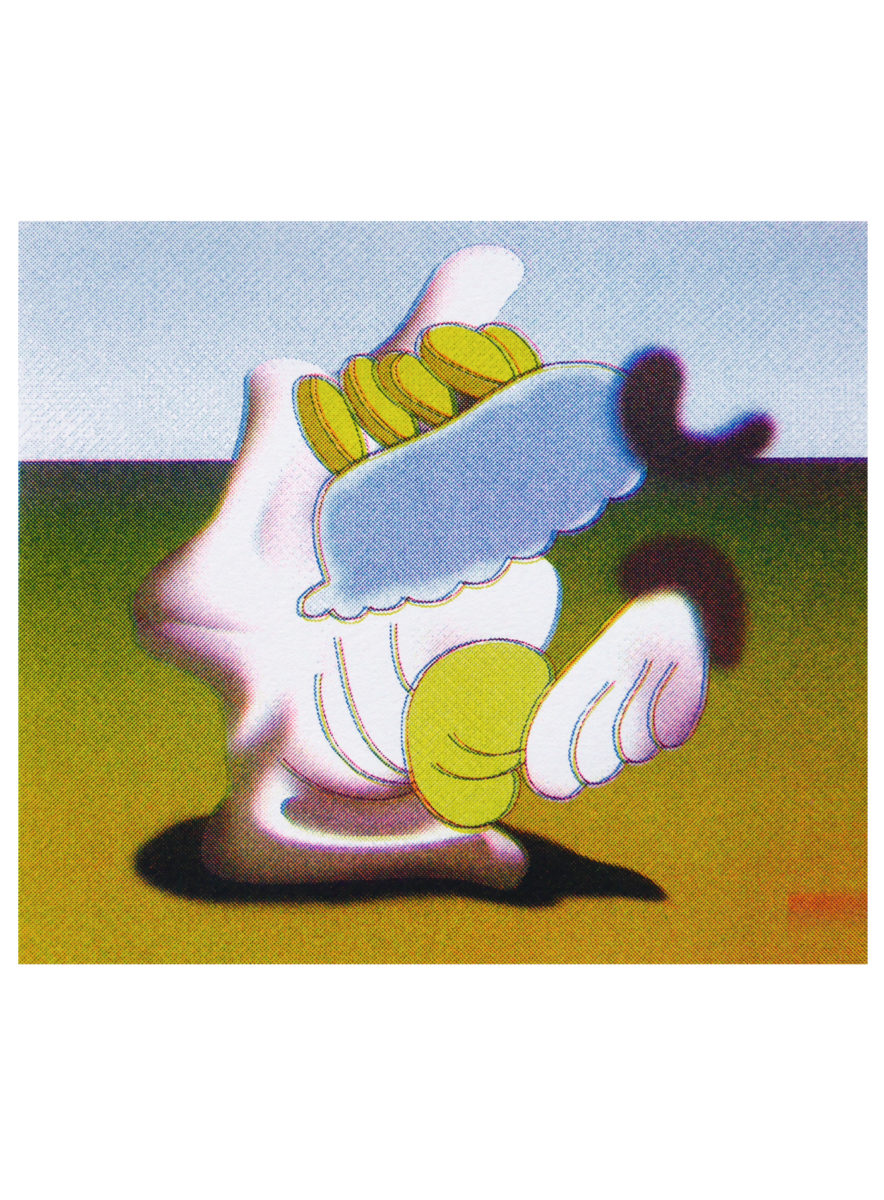
What inspires you in them?
There’s some kind of childish animism as Jean Piaget would have defined it, namely a tendency to perceive things as being alive and having a purpose. That’s something that has always made me laugh. On top of the visual aspect, almost everything inspires me. For me they create an wider vision of the landscapes’ design. The colors falling from the sky, the light with a disquieting radiance, the elements coming from elsewhere, the formal compositions, the black lines shaping the cartoon figures, their multiple transformations when a movement appears or when an action arrives, the line that can multiply itself, contort itself, everything that gives more information on mindset of the characters, the spatial distortions, the journeys through time, the overlays shaping this infinitely elastic timeline. In contrast to these linear concepts in which form and function are bound, in cartoons there’s no proper stable definition of each character. They have a certain freedom in their actions, there is a dynamic driving towards life, which requires to start moving through and with life itself.
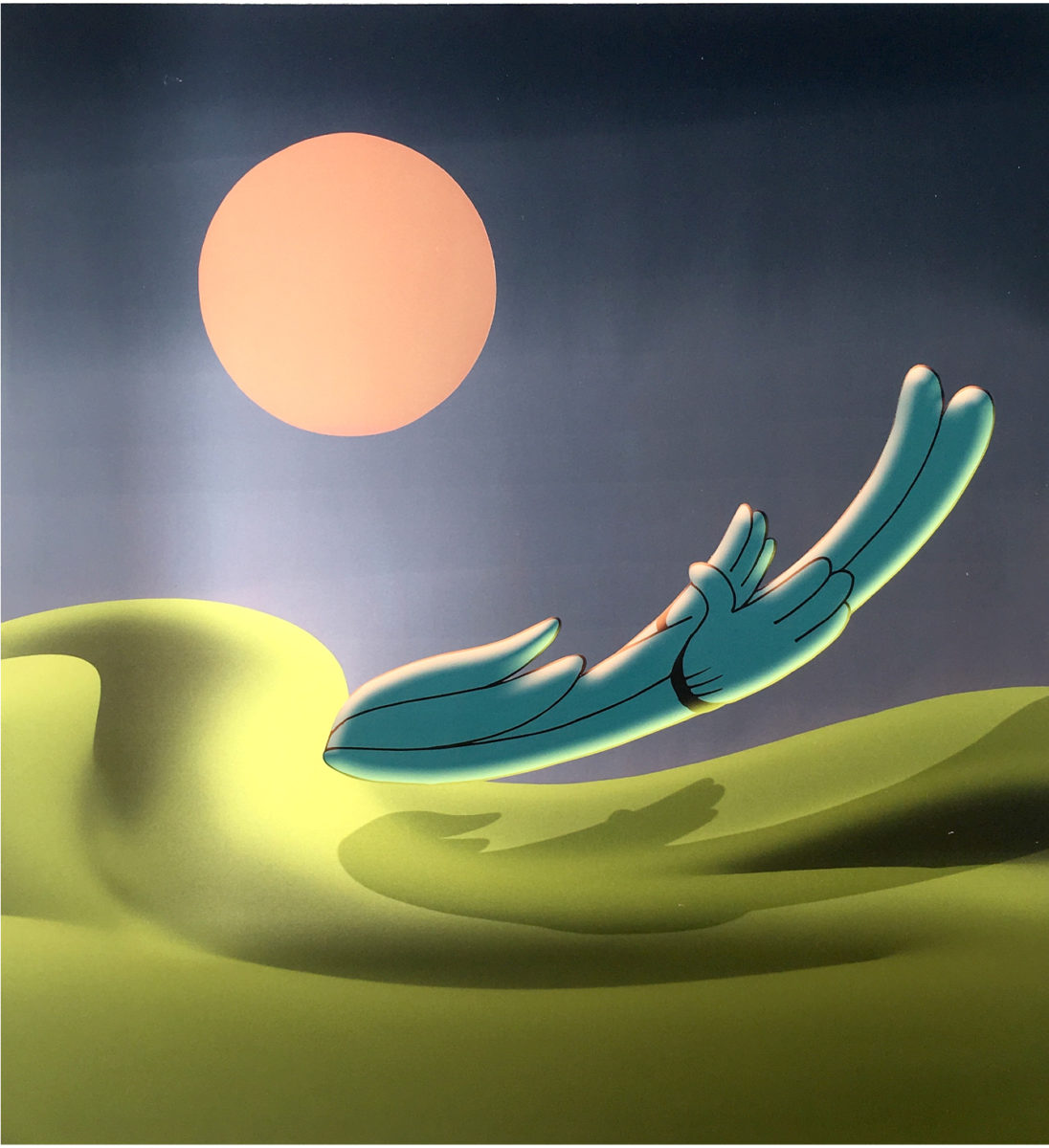
What do you mean when you mention “elastomer planet” in your artworks’ description?
When I’m starting a new landscape painting, thinking about the general atmosphere there, I inevitably ask myself all sorts of questions about this place to figure out what it is, what it contains. Among other things, the question of the ground, the floor, on which we stand on and which we move is very important to me. What texture is it made of? What does it smell like? What color is it? Is it stable, moving, leaning? If yes, forward or backward? Does it feel gravity or resistance under the feet? Is it flowered, garnished or cluttered? Does it influence our gait, our behavior, our emotions? Etc. Of course is always varies depending on the mood I am in or the one I am trying to get into – but I have noticed that the adjective “elastomer” fits well as it comes back to me every time as an obvious description : flexible, therefore little stiffness, highly deformable, i.e. capable of withstanding very large deformations without breaking or of reaching elongations without breaking. It has elastic properties, it is resilient, i.e.capable of recovering its initial geometry, after experiencing stress, while quantitatively restoring to the medium the energy that was supplied to deform it. I think that’s totally fabulous! In addition it is a ground on which one can bounce :) Magical can you imagine?
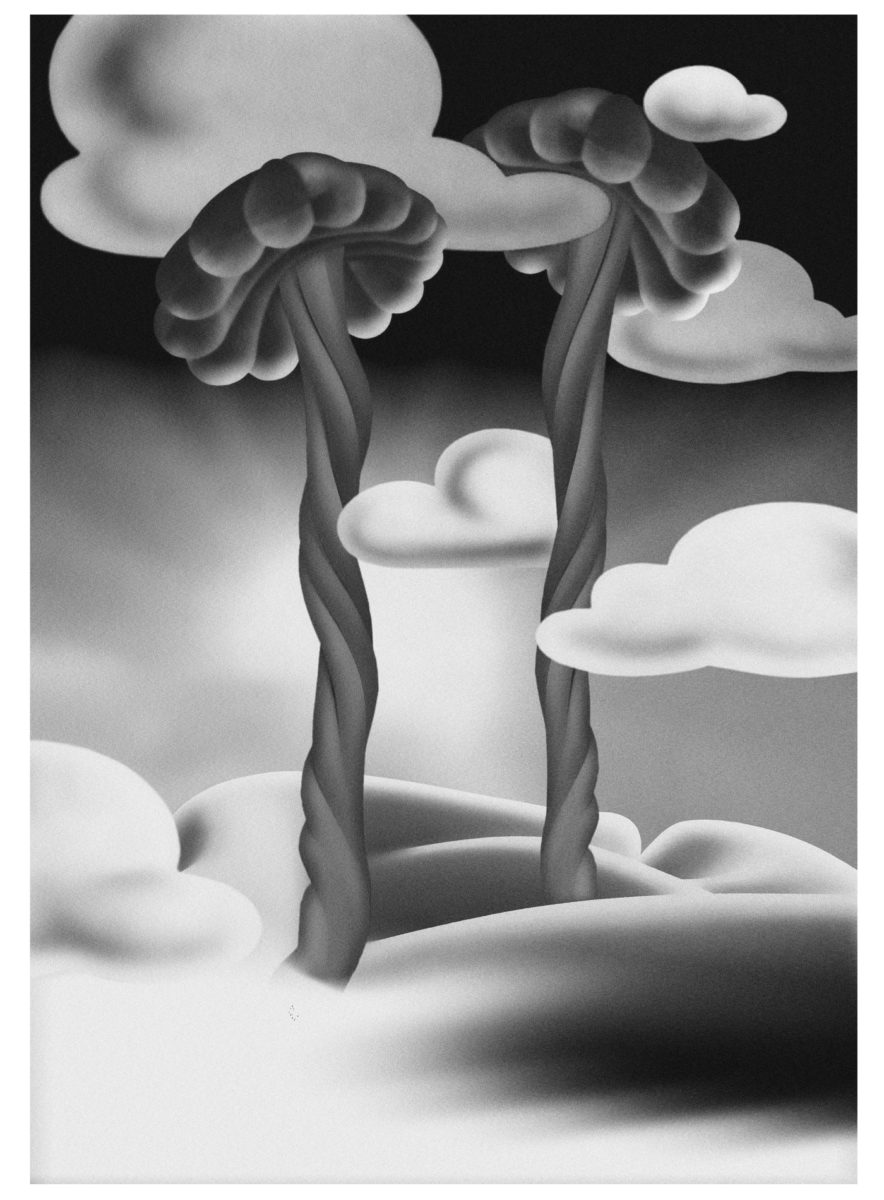
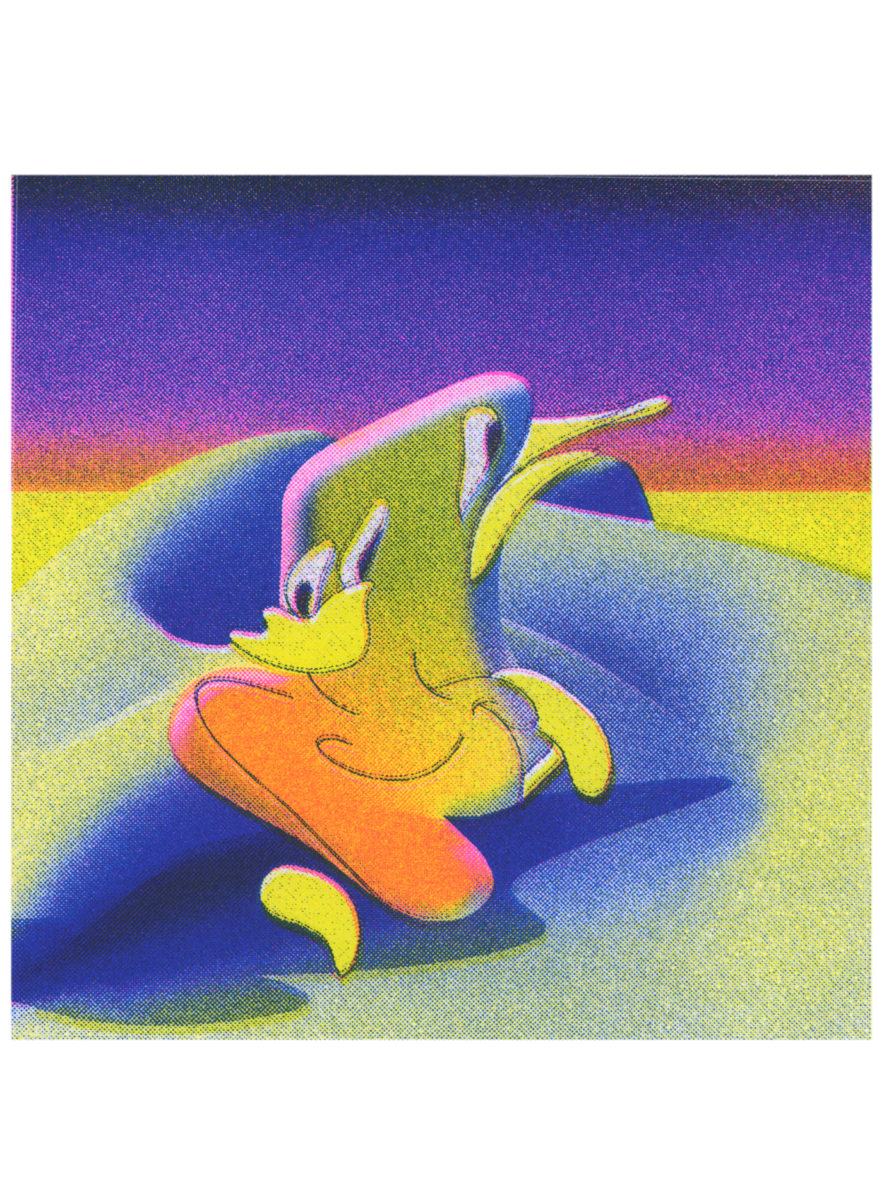
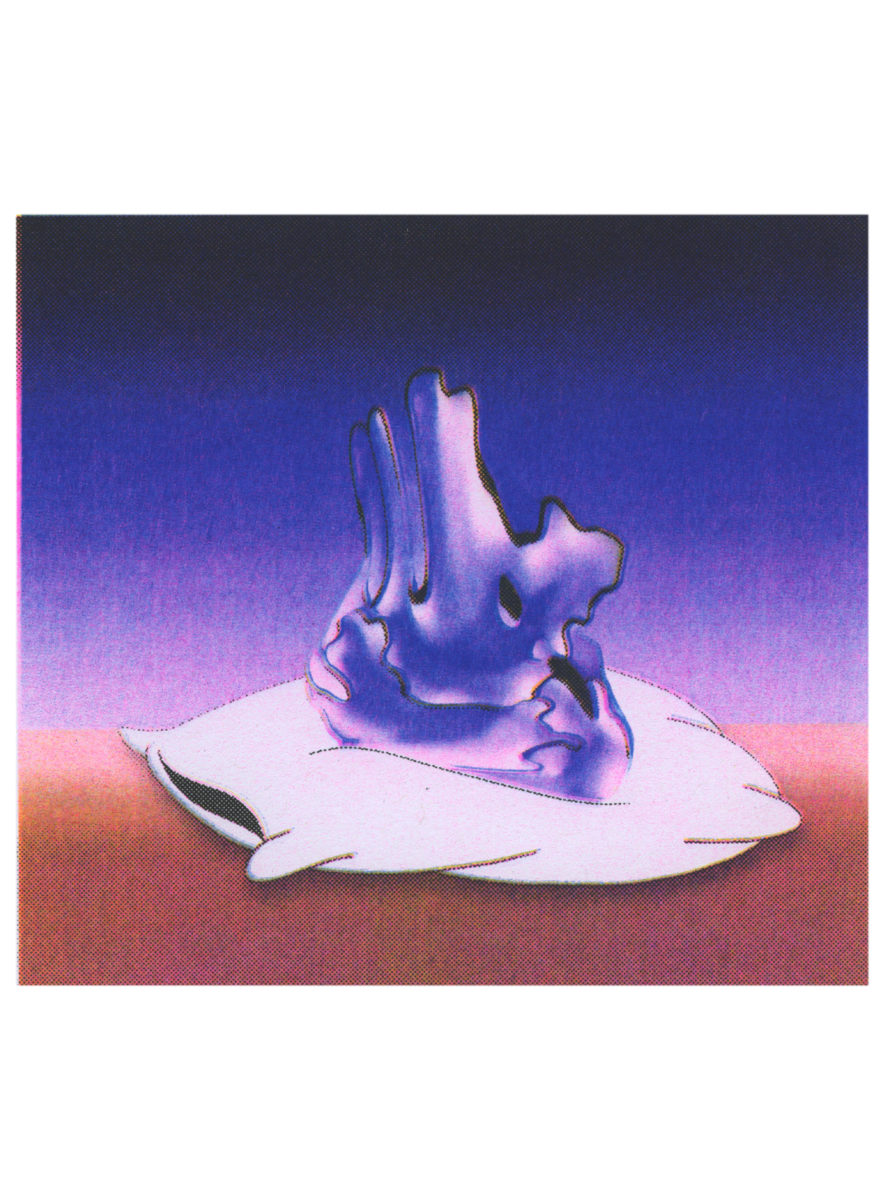
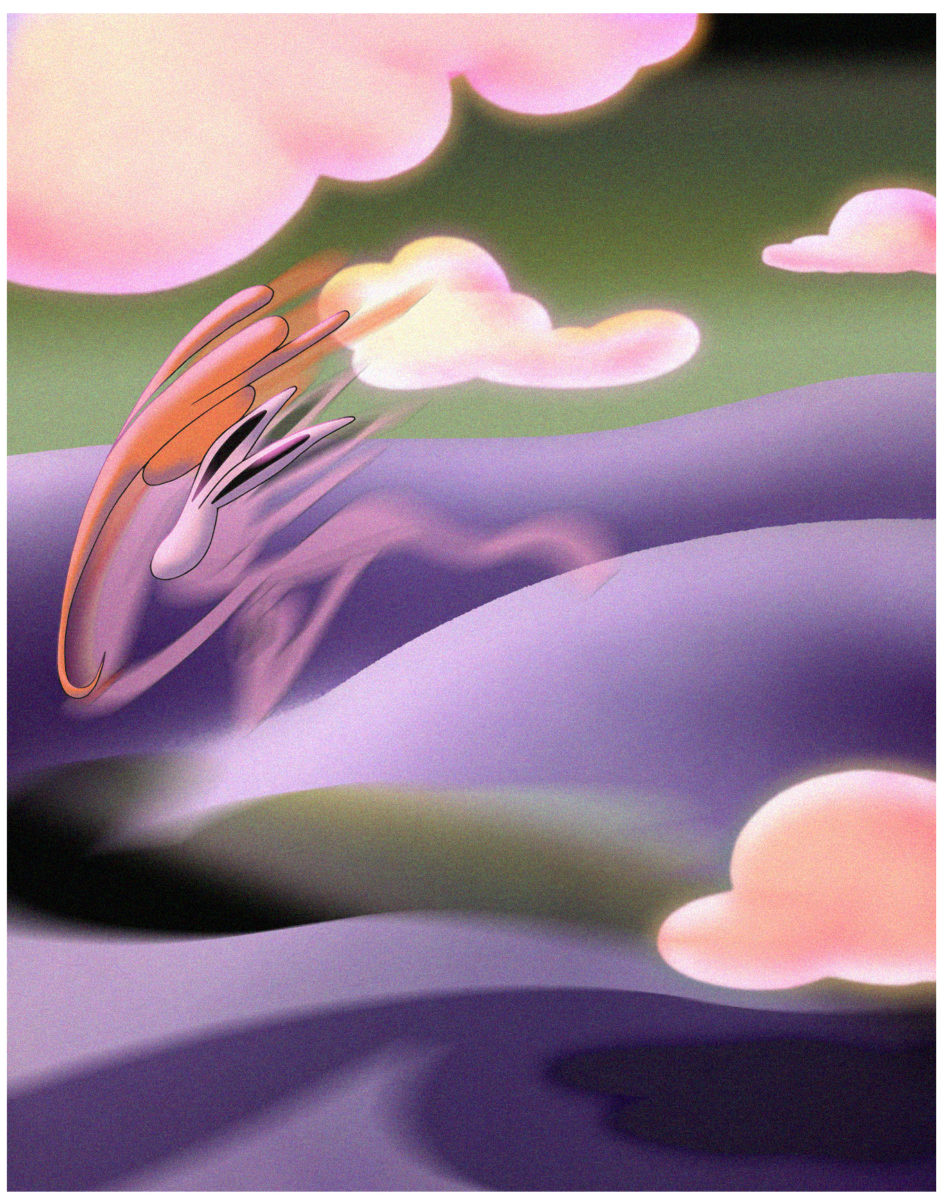
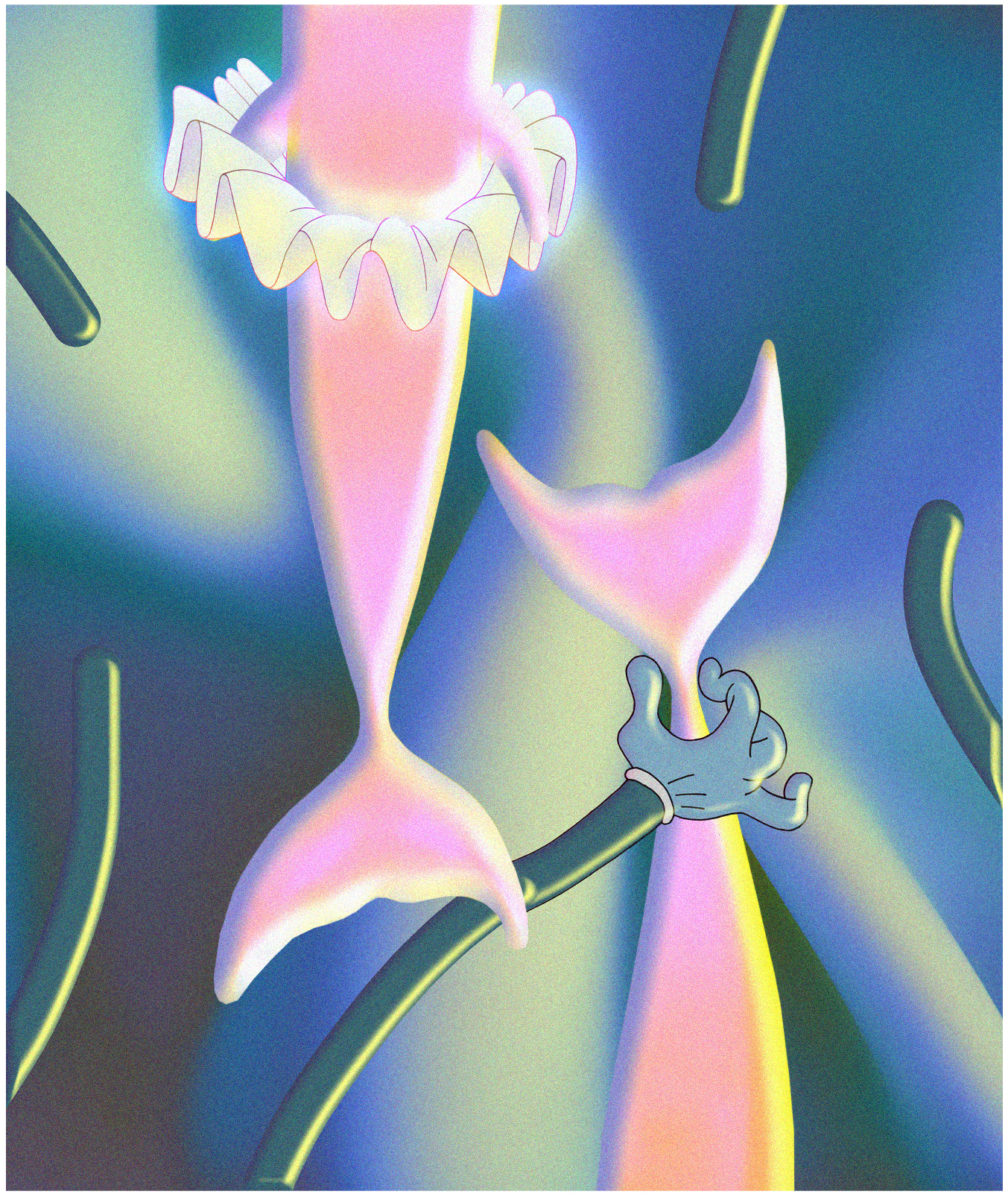
Flora Mottini is a Swiss artist. You can follow her on Instagram and check out her website.
